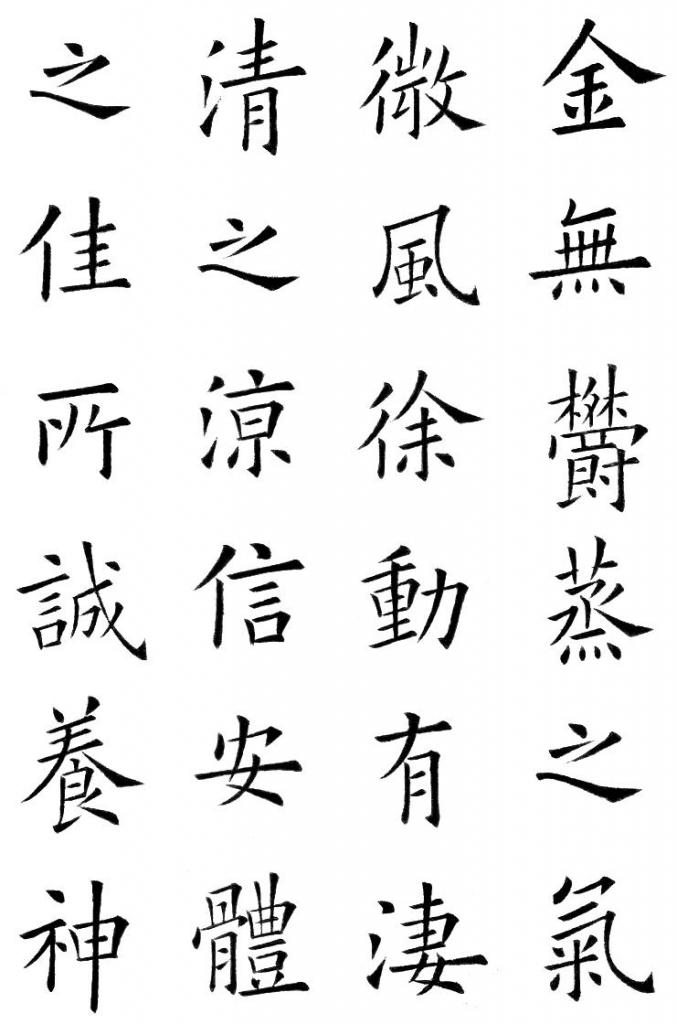The territory of China to facilitate the management of the country is divided into separate administrative units. This is necessary due to the large geographical extent of the country, as well as the enormous population (about one and a half billion people). This article will tell about some provinces of China, a country that has an ancient and unique culture.
How many provinces are in China
The province of China is the highest level administrative unit. In total, there are 22 provinces in China (not including Taiwan, which formally is part of the People’s Republic of China, but is not completely controlled by it).
All Chinese provinces and cities of central subordination, in addition to their full names, have their abbreviated versions. Short names mostly sound different from full forms, because they are historical and have the names of ancient political entities that in the distant past occupied the lands of modern provinces.
The government of each province is led by a committee from the Communist Party, led by a secretary. In essence, he runs the province and makes the most important decisions in the region.
Sichuan Province
Sichuan is a large province in southwest China. According to Chinese sources, the population of this administrative unit is more than eighty million people. People living in Sichuan speak a unique form of mandarin (Chinese), which was formed during the secondary settlement of the area under the rule of the Ming Dynasty. Currently, these dialects are spoken by about 120 million people, which could make this dialect the 10th most widely spoken language in the world if it were counted separately.
Sichuan Cuisine
The warm and humid climate of this province of China has generated a wide variety of spicy dishes. Sichuan pepper was supplemented with Mexican chili during an interaction with Western culture, which formed the modern Sichuan cuisine. Many indigenous foods, including the hot Gunbao chicken with peanuts and Mapo Tofu (Tofu in spicy sauce), have become popular foods around the world. Sichuan Province in China is also famous for its developed agriculture.
Hebei Province
Hebei Province is located in the north-east of China, along the lower reaches of the Yellow River. The population of the province is more than seventy million people. It is here that a huge river flows into the Yellow Sea. The largest city in the province is Shijiazhuang. This city is located 270 km from the capital of China on the border of the Great Chinese Plain. In the west of the city are the Taihanshan Mountains, and in the north, the small Huto River flows. From west to east, the relief gradually changes from high mountains to gentle hills and plains. The population of the city is about 10 million people. It produces textiles, pharmacological agents, and there is also a developed chemical industry.
However, the main attraction of Hebei Province in China is the town of Shanhaiguan. In fact, it is a provincial port city on the northern coast of the Gulf of Bohai, with a population of one hundred and fifty thousand people. Its fame is due to the fact that on its territory is located the Shanhaiguan passage to the Great Wall of China, which is included in the UNESCO World Heritage List.
This is one of the most popular places for tourists visiting China. The city was founded in the sixth century, restored several times during the time of various rulers, until representatives of the Ming dynasty made it a powerful military fortress. During the reign of the Qing Dynasty, Shanhaiguan was called the "key to the capitals": already at that time a road connecting Beijing and Mukden ran through it.
Anhui Province
No less interesting is the Chinese province of Anhui. She is also abbreviated as Wan. It occupied a vast territory in the lower reaches of the Yangtze River. Anhui Province in China is the “progenitor” of Wenfansibao, or the “four treasures of science”: a classic set of calligraphy items.

It is here that the traditions of the production of objects for calligraphic writing are preserved: paper, ink, brushes and inkwells. According to ancient technologies, enterprises in the cities of Xuancheng and Huangshan produce Huangshi-type paper (the famous rice paper with a lot of mulberry bark) and Hui ink, which are considered the best for calligraphy. The Shae region produces classic Chinese stone inkwells. Hefei - the capital of Anhui province - one of the most ancient cities in China, the most populated city in the province. In the past, Hefei is a trading city at the crossroads of major roads. Agriculture was developed in the provincial capital, and the city became rich in grain and vegetable oil trade. Today - a huge industrial center, where there is the production of most of China's electronics, fabrics and clothing.